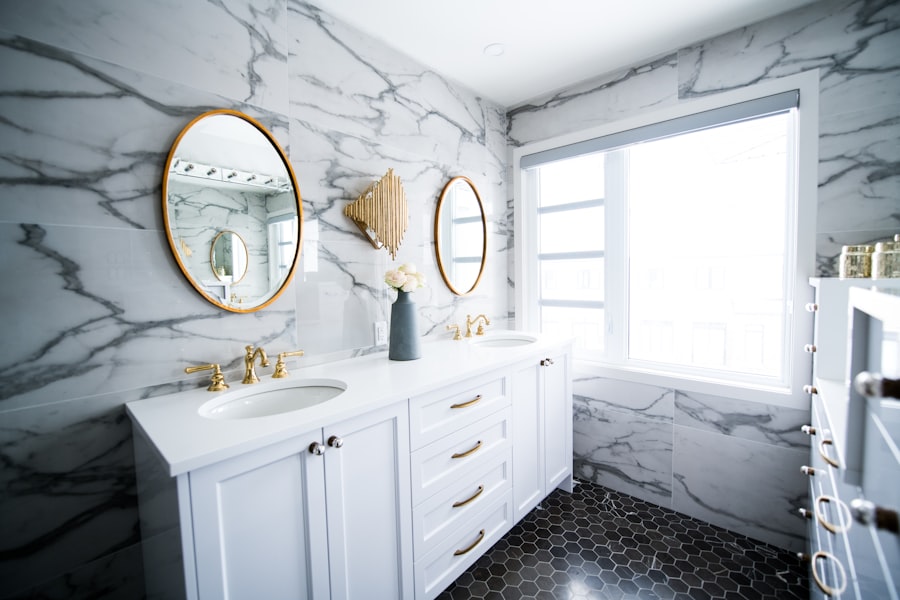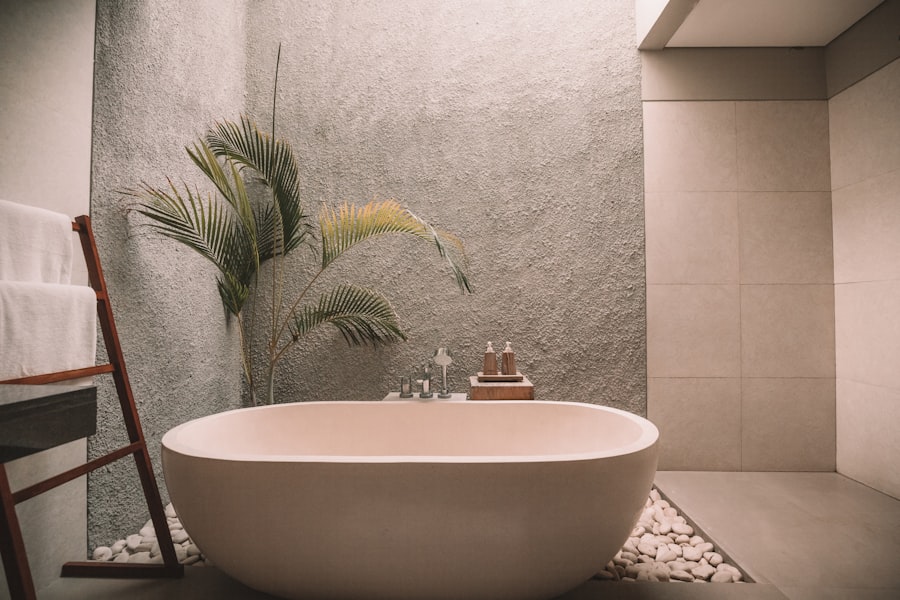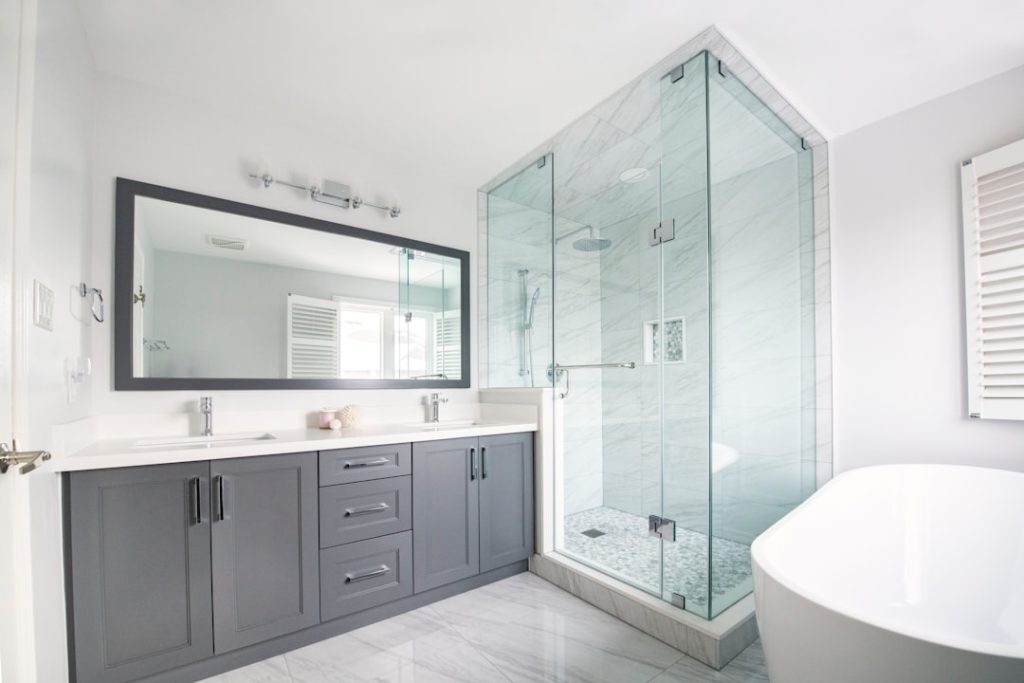When embarking on a home renovation or improvement project, the first and most crucial step is planning your budget. A well-structured budget serves as the foundation for your entire project, guiding your decisions and helping you avoid overspending. Begin by assessing your financial situation and determining how much you can realistically allocate to the project.
This involves not only considering your available cash but also evaluating potential financing options, such as home equity loans or personal loans, if necessary. It’s essential to have a clear understanding of your financial limits before diving into the specifics of your renovation. Once you have a general idea of your budget, break it down into categories that reflect the various aspects of your project.
For instance, if you are renovating a kitchen, allocate funds for materials, labor, appliances, and permits. It’s wise to include a contingency fund—typically around 10-20% of your total budget—to cover unexpected expenses that may arise during the renovation process. This could include discovering hidden issues like plumbing problems or structural damage that need to be addressed before proceeding with the planned updates.
By meticulously planning your budget and anticipating potential pitfalls, you can ensure a smoother renovation experience.
Key Takeaways
- Plan your budget carefully to avoid overspending and prioritize essential renovations.
- Select cost-effective materials that balance quality and affordability for long-lasting results.
- Weigh the pros and cons of DIY projects versus hiring professionals based on skill level and complexity.
- Optimize space and storage solutions to enhance functionality without major structural changes.
- Refresh your home’s look by updating fixtures, hardware, and incorporating creative flooring and wall treatments.
Choosing Cost-Effective Materials
Selecting the right materials is pivotal in keeping your renovation within budget while still achieving the desired aesthetic and functionality. Cost-effective materials do not necessarily mean compromising on quality; rather, it involves making informed choices that balance durability, appearance, and price. For example, when considering countertops for a kitchen remodel, instead of opting for high-end granite or marble, you might explore alternatives like quartz or laminate surfaces that mimic the look of natural stone without the hefty price tag.
These materials can provide a similar visual appeal while being more budget-friendly. Another area where cost-effective materials can make a significant impact is in flooring choices. While hardwood floors are often seen as a premium option, engineered wood or luxury vinyl planks can offer similar aesthetics at a fraction of the cost.
These alternatives are not only more affordable but also tend to be easier to install and maintain. Additionally, consider sourcing materials from local suppliers or reclaimed building materials from salvage yards. This approach not only supports local businesses but can also yield unique finds that add character to your space while keeping costs down.
DIY vs Hiring Professionals

The decision between tackling a renovation project yourself or hiring professionals can significantly influence both your budget and the overall outcome of the project. DIY projects can be incredibly rewarding and cost-effective, especially for those with a knack for home improvement. Simple tasks such as painting walls, installing shelving, or even laying tile can be accomplished with some research and effort.
However, it’s essential to realistically assess your skills and the complexity of the tasks at hand. For instance, while painting may seem straightforward, electrical work or plumbing should typically be left to licensed professionals to ensure safety and compliance with local codes. On the other hand, hiring professionals can save time and potentially prevent costly mistakes that could arise from inexperience.
Skilled contractors bring expertise and efficiency to the table, often completing tasks more quickly than an amateur could manage. Additionally, professionals may have access to better pricing on materials due to established relationships with suppliers. When considering this option, it’s crucial to obtain multiple quotes and check references to ensure you’re hiring reputable individuals or companies.
Balancing DIY efforts with professional help can often yield the best results—tackling manageable tasks yourself while leaving more complex work to experts.
Maximizing Space and Storage
| Strategy | Description | Space Saved | Storage Capacity Increase | Ideal For |
|---|---|---|---|---|
| Vertical Shelving | Utilizing wall height to add shelves and storage units | Up to 40% | Up to 50% | Small rooms, garages, offices |
| Under-bed Storage | Using containers or drawers under beds for extra storage | Up to 15% | Up to 20% | Bedrooms, dorm rooms |
| Multi-functional Furniture | Furniture that doubles as storage, like ottomans or beds with drawers | Up to 25% | Up to 30% | Living rooms, bedrooms |
| Closet Organizers | Using shelves, rods, and bins to maximize closet space | Up to 35% | Up to 40% | Closets, wardrobes |
| Hooks and Pegboards | Mounting hooks and pegboards on walls for hanging items | Up to 10% | Up to 15% | Kitchens, workshops, entryways |
| Stackable Containers | Using containers that can be stacked to save floor space | Up to 20% | Up to 25% | Pantries, storage rooms |
In many homes, especially those with limited square footage, maximizing space and storage is a top priority during renovations. Thoughtful design choices can transform cramped areas into functional and inviting spaces. One effective strategy is to utilize vertical space by installing shelves or cabinets that reach up to the ceiling.
This not only draws the eye upward, creating an illusion of height but also provides ample storage for items that are not used daily. In smaller kitchens, consider incorporating pull-out shelves or lazy Susans in corner cabinets to make accessing items easier without sacrificing space. Another innovative approach is to integrate multifunctional furniture into your design.
For example, a bench with built-in storage can serve as both seating and a place to stow away shoes or bags in an entryway. Similarly, ottomans that open up for storage can be used in living rooms or bedrooms to keep clutter at bay while providing additional seating options. By thinking creatively about how each piece of furniture can serve multiple purposes, you can significantly enhance both the functionality and aesthetic appeal of your home.
Updating Fixtures and Hardware
One of the most impactful yet often overlooked aspects of home renovation is updating fixtures and hardware. These elements can dramatically alter the look and feel of a space without requiring extensive renovations or significant financial investment. For instance, swapping out outdated light fixtures for modern pendant lights or chandeliers can instantly elevate a room’s ambiance.
Similarly, replacing cabinet knobs and drawer pulls in kitchens and bathrooms can provide a fresh look that complements your overall design theme. In addition to aesthetics, consider the functionality of fixtures when making updates. For example, installing energy-efficient LED lighting not only enhances the visual appeal but also reduces energy consumption over time.
In bathrooms, upgrading faucets to water-saving models can contribute to lower utility bills while maintaining performance. By focusing on these smaller details during your renovation process, you can achieve a cohesive and polished look throughout your home while also improving its efficiency.
Creative Tile and Flooring Solutions

Tile and flooring choices play a significant role in defining the character of any space within a home. When considering options for these surfaces, think beyond traditional materials to explore creative solutions that align with your budget and style preferences. For instance, patterned tiles can add visual interest to floors or backsplashes without overwhelming a space.
Using a combination of different tile sizes or colors can create unique designs that reflect personal taste while remaining cost-effective. In addition to traditional ceramic or porcelain tiles, consider alternative materials such as cork or bamboo flooring for an eco-friendly option that offers warmth and comfort underfoot. These materials are often more affordable than hardwood while providing durability and style.
Furthermore, peel-and-stick vinyl tiles have gained popularity for their ease of installation and versatility; they can be used in various areas of the home, including kitchens and bathrooms, allowing homeowners to achieve a high-end look without breaking the bank.
Painting and Wallpapering Tips
Painting and wallpapering are two of the most effective ways to refresh a space without extensive renovations. When it comes to painting, selecting the right color palette is essential for setting the mood of each room. Lighter colors tend to make spaces feel larger and more open, while darker shades can create a cozy atmosphere.
Consider using an accent wall to introduce bold colors without overwhelming the entire room; this technique allows for creativity while maintaining balance in design. Wallpaper has made a significant comeback in recent years, offering an array of patterns and textures that can transform any room into a stylish retreat. When choosing wallpaper, consider both the scale of the pattern and how it will interact with existing furnishings.
For smaller spaces, opt for subtle designs that won’t compete with other elements in the room. Additionally, removable wallpaper has become increasingly popular for those who want flexibility; it allows homeowners to experiment with different looks without committing long-term.
Adding Personal Touches and Accessories
The final step in any renovation project is adding personal touches and accessories that reflect your unique style and personality. This is where you can truly make a space feel like home by incorporating items that hold sentimental value or showcase your interests. Artwork, family photos, or travel souvenirs can serve as focal points in living areas or hallways, creating visual interest while telling your story.
In addition to personal items, consider layering textures through accessories such as throw pillows, rugs, and curtains. These elements not only add comfort but also contribute depth to your design scheme. Mixing different materials—such as soft fabrics with hard surfaces—can create a dynamic environment that feels inviting and lived-in.
By thoughtfully curating these finishing touches, you can elevate your renovated space from merely functional to truly reflective of who you are as an individual or family.




